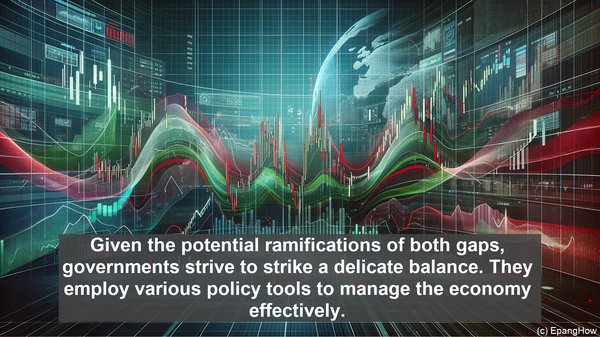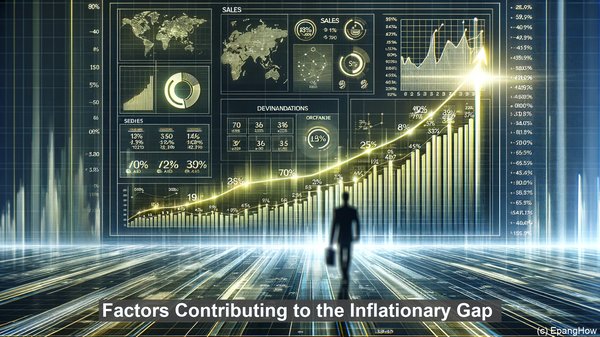Introduction: The Ebb and Flow of the Economy
Hello, and welcome to our article on the recessionary gap and inflationary gap. As we all know, the economy is a dynamic entity, constantly moving through phases of growth and contraction. These phases are often accompanied by specific economic gaps, which we’ll explore in detail.
Defining the Recessionary Gap
Let’s start by understanding the recessionary gap. Simply put, it refers to the difference between a country’s actual GDP and its potential GDP during a period of economic downturn. When the actual GDP falls below the potential GDP, a recessionary gap emerges. This gap indicates that the economy is not operating at its full capacity, leading to unemployment and underutilization of resources.
Causes and Consequences of the Recessionary Gap
The recessionary gap can arise due to various factors. For instance, a decline in consumer spending, reduced business investments, or a drop in exports can all contribute to this gap. The consequences of a recessionary gap are far-reaching. Unemployment rates rise, businesses struggle, and the overall economic output declines. Governments often employ expansionary fiscal and monetary policies to mitigate the effects of this gap and stimulate economic growth.

Understanding the Inflationary Gap
Now, let’s shift our focus to the inflationary gap. Unlike the recessionary gap, this gap occurs when the actual GDP exceeds the potential GDP. In other words, it signifies that the economy is operating beyond its full capacity. While this may seem positive at first, it can have detrimental effects. An inflationary gap often leads to an increase in prices, as demand outstrips supply. This, in turn, erodes the purchasing power of individuals and can result in an economic bubble.
Factors Contributing to the Inflationary Gap
Several factors can contribute to the emergence of an inflationary gap. For example, excessive government spending, a surge in consumer demand, or supply-side constraints can all play a role. It’s worth noting that while the recessionary gap is typically seen as a short-term issue, the inflationary gap can have long-term consequences, such as hyperinflation or an economic downturn.
Balancing Act: Economic Policies
Given the potential ramifications of both gaps, governments strive to strike a delicate balance. They employ various policy tools to manage the economy effectively. For instance, during a recessionary gap, expansionary fiscal policies, such as increased government spending or tax cuts, can stimulate demand. Conversely, during an inflationary gap, contractionary measures, like reduced government spending or increased interest rates, may be implemented to curb excessive growth.

